Part 1: A Visit to the Tiny Kingdoms
And Jesus said unto them, I am the bread of life: he that cometh to me shall never hunger; and he that believeth on me shall never thirst.
-John 6:35, Douay-Rheims
Welcome one and all to the Grand Tour where you will see the sights and sounds, the thrills and chills of all the kingdoms. Over the next several weeks, you will get to visit creatures from the tiny to the towering, the floral and the fierce. Once you step aboard the Grand Tour you will be whisked away to meet creatures never before seen by boys and girls, hidden in the depths of the ocean and the darkest rain forests, if you are up for the adventure…
This week we will start our tour in the two kingdoms made entirely of microorganisms (those too small to be seen with the naked eyed: the Kingdoms of Archaea (ar-kay-uh) and Bacteria. Hey you, in the back, did you say they are boring? Well, that is where you are wrong. You might not be able to see them, but they can certainly see you. And without them, you wouldn’t last a day. So, what do you say? Are in for the trip of a lifetime to see all the life that there is to see?
Before we can begin, I must acquaint you with your tools for this part of the trip: a microscope. This handy tool uses lenses like those found in eye glasses to magnify our friends so that we can see them. Amazingly, in all of human history, the microscope was only invented about 450 years ago. Imagine that you might have been a medieval scholar or a Roman soldier or a worker on the pyramids and not known a thing about this part of creation. What a privilege it is to live at a time when we can behold so many wonders of the Creator!
Hop on board our robin (or you can choose the toucan), and let’s fly over to those kingdoms. First, we leave behind the villages of the Kingdom of Animals, teeming with life; soar over the Kingdom of Plants, verdant and peaceful; and then we spy in the distance two seemingly empty kingdoms. We see the fence around these two kingdoms with some lakes (one of them does appear to be a strange rainbow color), but otherwise there appears to be nothing.
How strange, you might say to yourself, but then you remember your microscope! As you zoom in, closer and closer to one of those lakes or the soil or even the air itself, you will see millions and billions and trillions of archaea and bacteria, nearly all of which are just one cell all by itself.
The Kingdom of the Archaea is filled with extreme environments, from the saltiest lakes to one that are boiling hot. Part of the kingdom is freezing cold, while another is as dry as the most arid deserts. There are wastelands of toxic sludge and radioactive chemicals. In each of these, vast numbers of archaea are found, living cozy little lives in the homes that are just right for these extremophiles. Some archaea do live in more moderate environments, such as bogs or cow intestines or the ocean, but these archaea often do strange things like live without oxygen or eat oil or make their own food from chemicals rather than sunlight. Many new archaea are found every year because they live in such surprising places, including the most astonishing place of all – your own backyard (which is a strange place to find something that we usually see in the deepest, darkest ocean)!
Next up on our Tour, we will fly on over to the Kingdom of Bacteria, a much more notorious lot, to be sure. I bet you have gotten sick from one of these little buggers before and had to take an antibiotic. It certainly is true that many germs are bacteria, but the vast majority of bacteria are not harmful to humans. As we said earlier, many are our friends. If you like bread, cheese, or yogurt, you can thank bacteria. You have more bacteria in and on your body than you have cells in your body, and it is a good thing, too, because they help protect you from germs. Like two armies facing off, the friendly bacteria and the germs fight for control. If you want to keep your bacteria army healthy and strong, be sure to maintain a healthy diet.
Take some time with your microscopes to explore this hidden part of creation!
Ready for More?
For Older Students:
For Younger Students:
Or Check Out the Next Chapter:
Chapter 4: The Kingdoms of the Protists and Fungi
Welcome to the first installment in the Kingdoms of Creation home education science program. We’re glad you’re here. Each chapter is split into two parts: Part 1 is for younger students (usually K-4); Parts 1 and 2 together are for older students (usually 5-8). The Kingdoms of Creation is a comprehensive biology program. See the full table of contents
Need Something Else?
Visit the Welcome Page
Welcome to the Kingdoms of Creation
A long time ago in land not so far away, the Creator made a world. This world was big and beautiful, wild and wonderful, fantastic and frightening. It was full of amazing creatures like the ping-pong tree sponge (an immobile creature that looks just like its name sounds but eats shrimp in the deep dark of the sea) and the dragon mantis (a large brown …
Or Check Out the Original Post
Chapter 3: The Kingdoms of Archaea and Bacteria
Welcome to the first installment in the Kingdoms of Creation home education science program. We’re glad you’re here. Each chapter is split into two parts: Part 1 is for younger students (usually K-4); Parts 1 and 2 together are for older students (usually 5-8). The Kingdoms of Creation is a comprehensive biology program. See the full table of contents


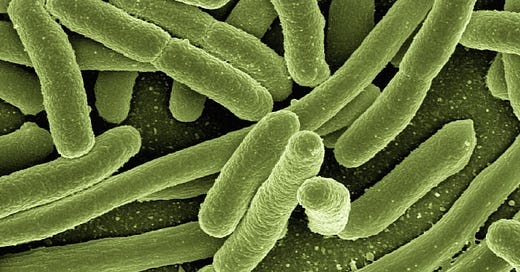


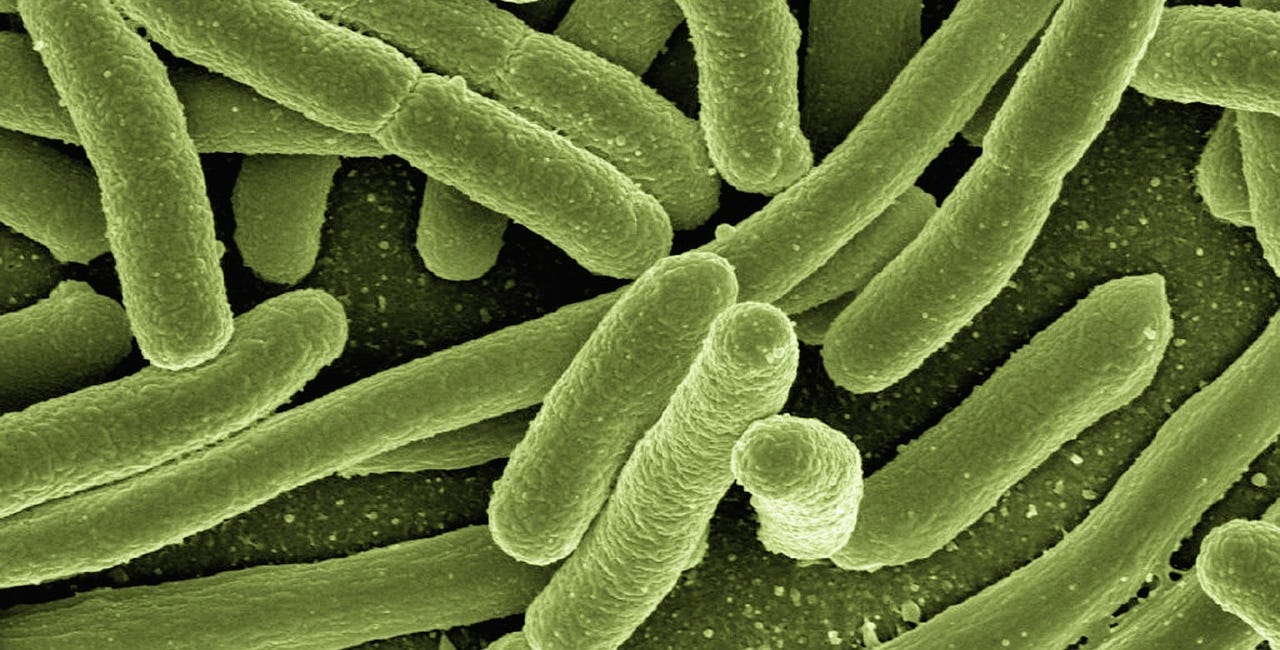

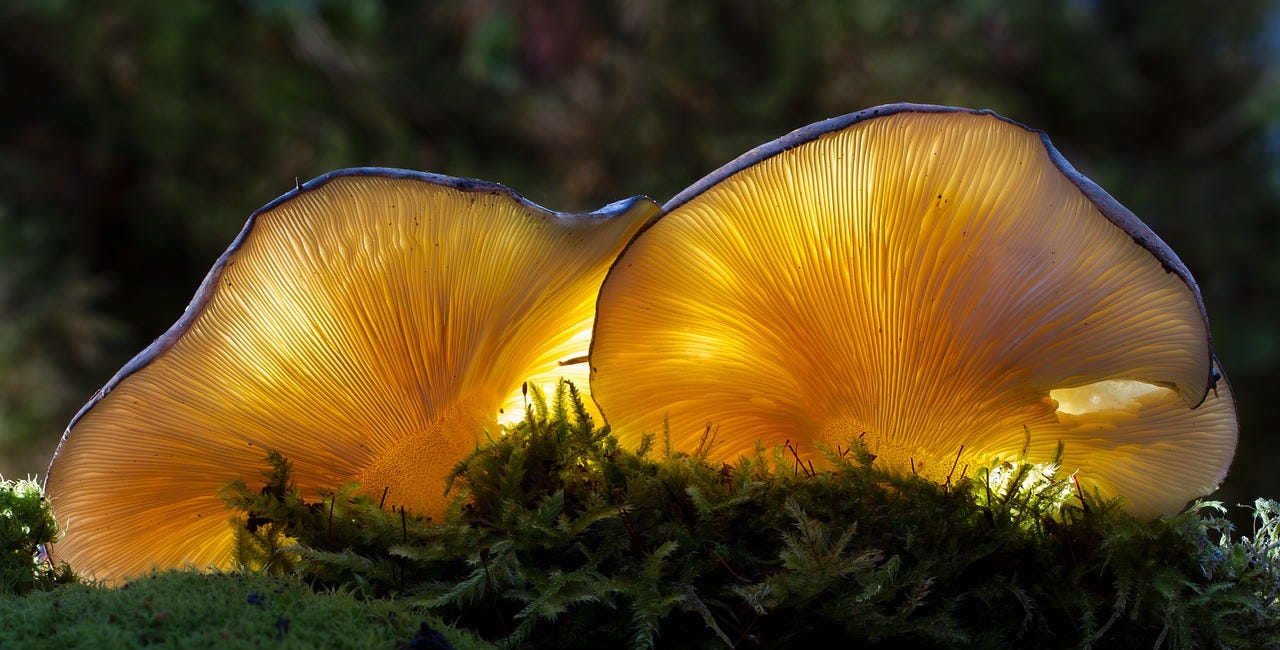
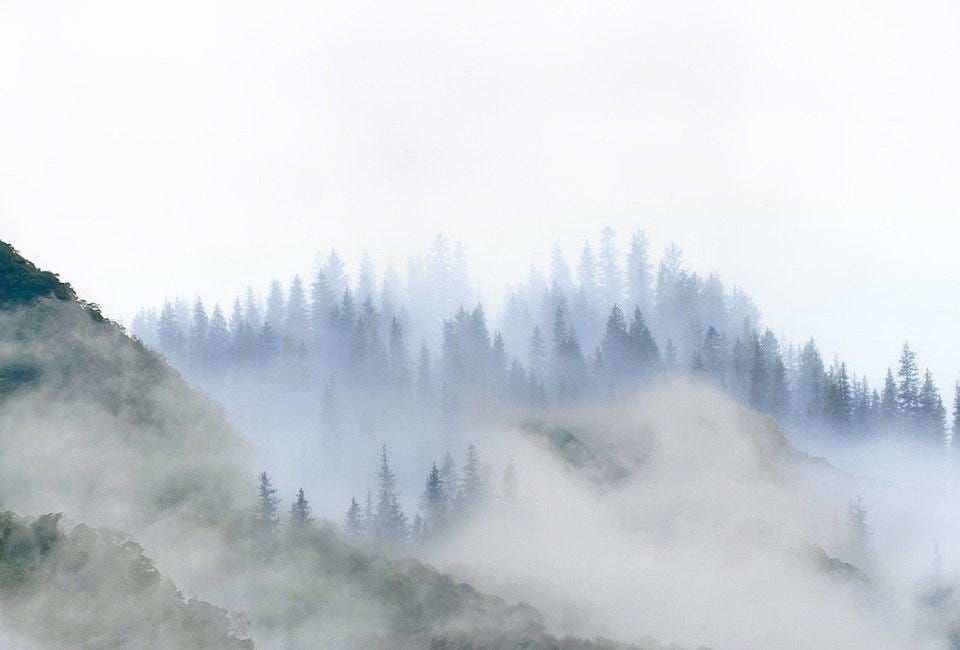
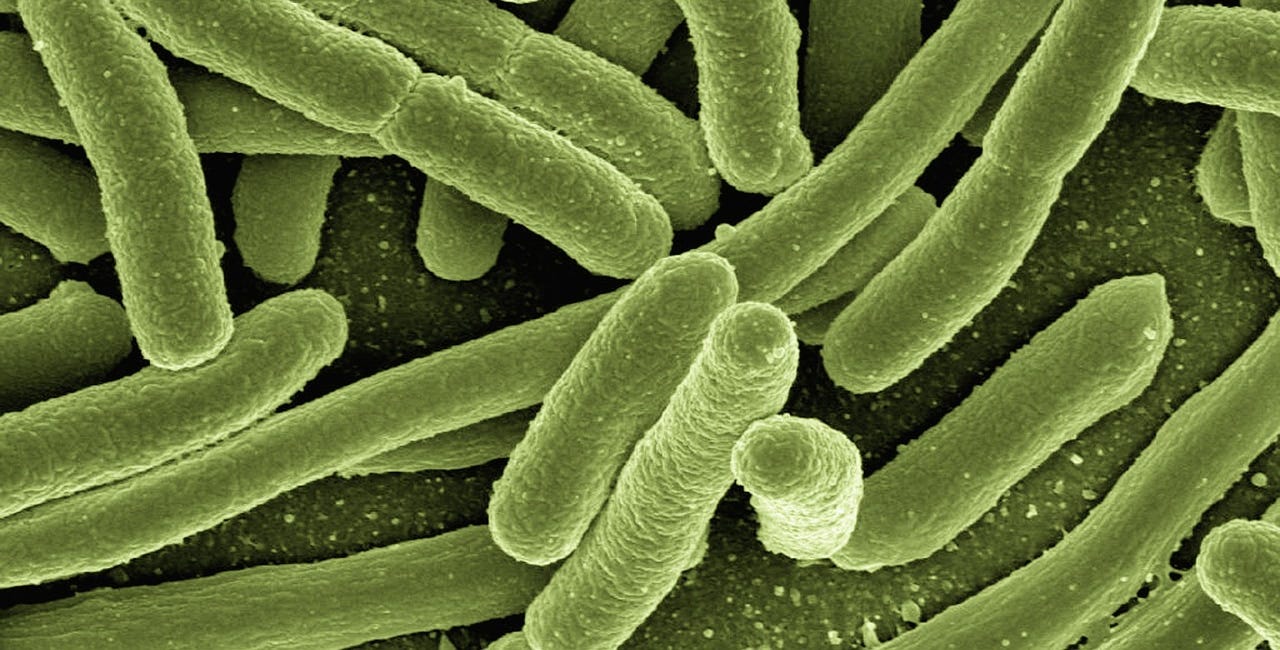








Share this post